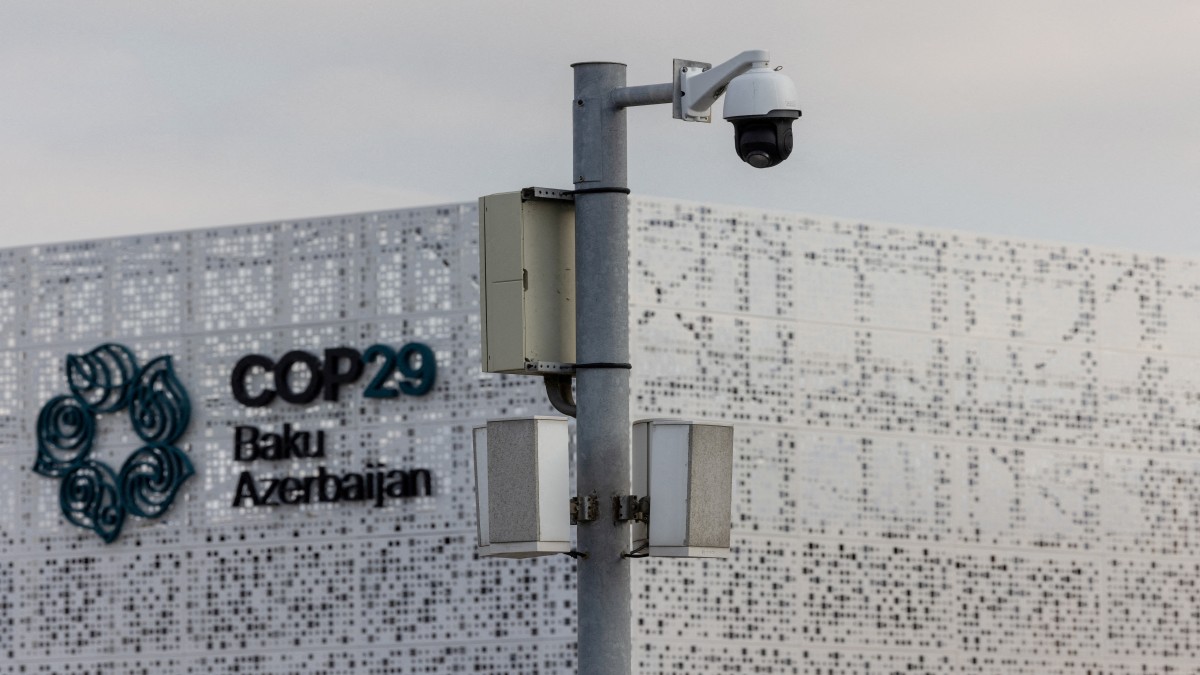Tens of thousands of people from all around the world will assemble in Baku, Azerbaijan’s capital, on Monday for COP29, the annual United Nations climate summit.
However, because each year’s summit has produced its own set of promises, goals, and papers to chase, the logic behind these conversations can be difficult to understand.
Here are 6 things about UN’s annual climate summit Conference of the Parties, or COP, you need to know.
Why do we have a yearly COP?
Climate change will affect every country, regardless of whether it contributed to the crisis, necessitating global solutions that can address the variety of requirements across borders.
In signing the 1992 United Nations Framework Convention on Climate Change (UNFCCC), which initiated global negotiations, the parties took pains to distinguish between wealthy nations who produced the majority of warming and poorer countries that suffer disproportionately from it.
In other words, the discussions are centred on the premise that the countries that gained the most from industrialisation should bear the greatest responsibility for dealing with the resulting warming.
Addressing that mismatch has been more difficult as poor countries’ economies have expanded and affluent nations face competing costs, including war.
What can a yearly summit achieve?
Impact Shorts
More ShortsThe conference gives an opportunity for governments to debate solutions such as energy policy, finance schemes, and financial requirements.
Almost every summit is attended by international leaders, sending a strong message that their countries are committed to the UNFCCC goals. The presence of leaders also allows countries to keep each other accountable for previous promises.
The annual COP, however, is only the culmination of a continual process. Country representatives gather year-round to generate support for new climate action plans ahead of the COP, where they can be agreed upon by all countries.
Is the process working?
While each summit aims to progress global climate action from the previous year, it also allows governments to show their public that the problem is being handled.
Importantly, the exercise has seen governments count and report their emissions, as well as facilitate the transfer of hundreds of billions of dollars in climate aid to underdeveloped countries.
However, progress has been too sluggish to keep global temperatures from rising further. Since the COP meetings began in 1995, both emissions and temperatures have risen, indicating that the world is on course for extreme climate change.
Proponents of the UNFCCC process argue that there is no option to negotiating significant socioeconomic reforms in order to limit global warming.
What will we get out of COP29?
This year’s conference is expected to produce a few headline agreements, including a new annual climate financing target, an agreement to get global carbon credit markets operational, and more relief money offered for nations already affected by costly climate disasters.
Aside from that, negotiators will continue to work on technical agreements that build on prior summits.
Outside of the traditional COP framework, groupings of countries may initiate their own initiatives or promise funds for specific projects. Companies are likely to announce commercial deals tied to climate action, while financiers seek to generate funds for climate investment.
What is Azerbaijan’s role in COP29?
This year, Azerbaijan holds the chairmanship of COP29, after Central and Eastern Europe took over the rotating presidency.
Next year, Brazil will host the COP30 conference for Latin America.
As summit host, a country spends the entire year guiding pre-summit negotiations and lobbying other governments for bold action. This provides the presidency a significant role in establishing the summit’s priorities.
What else happens at a COP?
Beyond the country negotiations, the COP summit provides an opportunity for anybody to try to gain attention - or financing - for their cause.
Hundreds of side events bring activists and scientists together with industry lobbyists and banking heavyweights.
Panel talks on issues ranging from ocean acidification to carbon offset project design take place on conference stages with a public audience.
The “Green Zone,” an exhibition hall, hosts debates organised by national delegations, non-profit groups, and enterprises.
While past summits have seen large-scale organised protests, like as the thousands-strong rally outside COP26 in Glasgow in 2021, the previous two conferences in Egypt and the United Arab Emirates have only allowed protests in specific, roped-off locations.
Azerbaijan, which has likewise prohibited public protests, will most likely see minimal civic movement outside of the high-security conference location.


)

)
)
)
)
)
)
)
)



